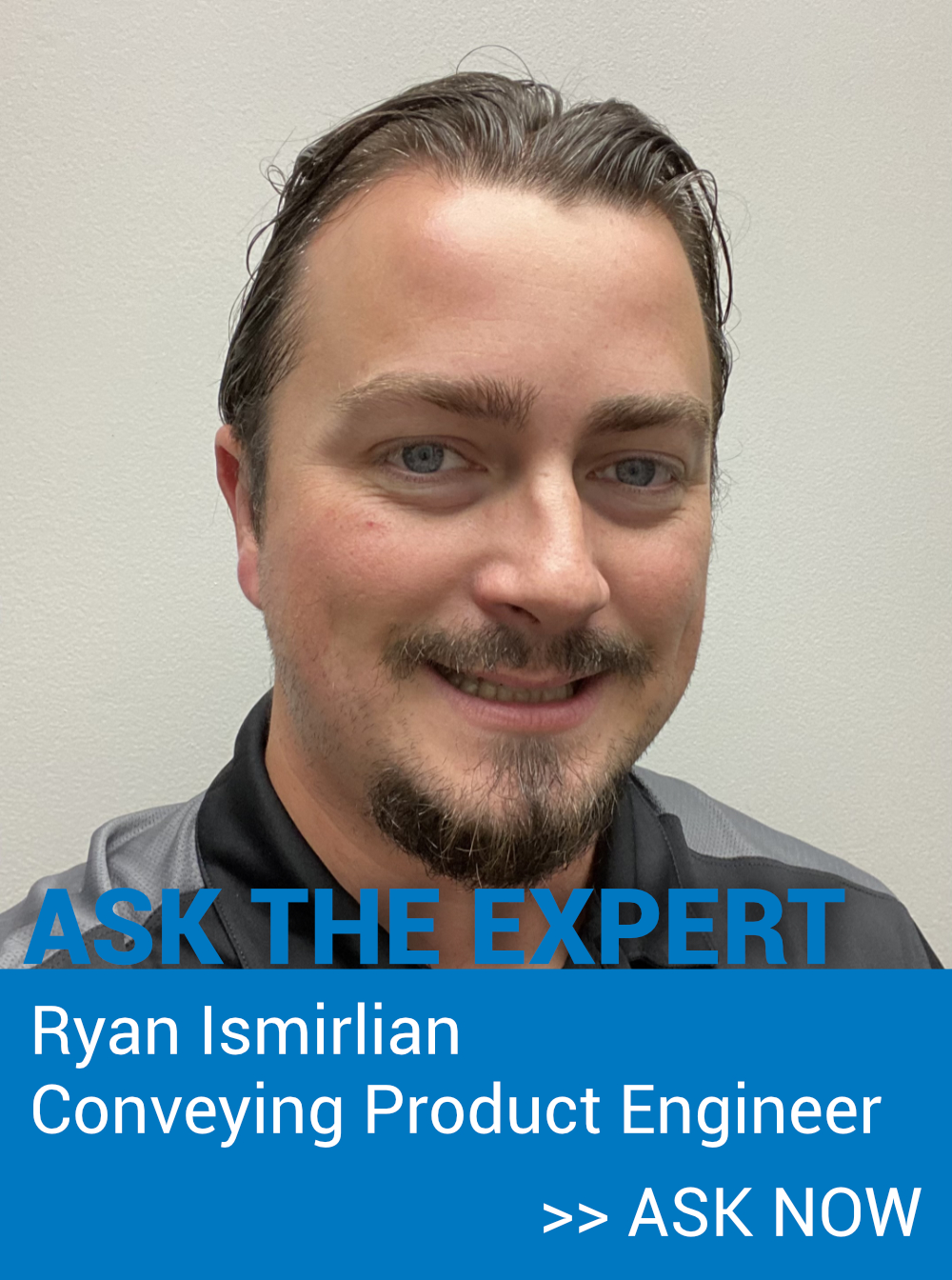Trouble-Shooting Vacuum Receivers
Poor or No Conveying
1. Sequencing Valve Operation
Vacuum “T” valves or a built-in sequencing valve isolates the vacuum conveying power of the pump to one receiver at a time for conveying. Each valve in the system must close off air flow when it is NOT in operation, allowing other receivers to receive full vacuum. One ‘stuck’ valve can ruin the vacuum supply for the entire system. Check that each valve operates in response to its receiver’s turn in the vacuum system. Each valve should open for loading and close when loading is complete. The extended shaft of the T valve’s cylinder is a good indication of valve operation. Where the valve is built into the receiver lid, the valve operation can viewed through the vent or there may be an indicator light.
2. Receiver Discharge Flapper Stuck Open
If the flapper valve is stuck open or does not fully close, conveying cannot take place. A problem receiver can be easily checked for proper, free movement of its flapper valve:
- If conveying is not triggered when the flapped is closed, there is an issue with the electrical demand switch.
- If the flapper does not swing nearly shut by its own weight, there is a pivot point (hinge) or counterweight issue.
- If the flapper is ‘stuck’ in the open position, there is a material contamination issue with the pivot point (hinge) of the valve.
3. Inlet Check Valve Stuck Open
Many receivers are equipped with swinging check valves on their material inlets. A check valve that is stuck open, either by hinge wear or a trapped pellet, will leak valuable vacuum air, decreasing vacuum capability at other receivers or even preventing conveying throughout the system.
Rule of thumb: On systems that convey material from one source to multiple receivers via a common material line; If only one receiver in the system conveys correctly, the problem is probably at THAT receiver.
4. Conveying Controls Not Properly (Re) Programmed
Central material conveying systems that include a network of pumps, receivers and material sources provide high efficiency and a multitude of flexibility. But often, new requirements are not completely programmed after material or system configuration changes. Items to check:
- Is the new material source further away than the previous source? More conveying time and/or purge time might be required to accommodate this difference in distance.
- Is the new material as free-flowing as the last material? Does the material have a tendency to clog the conveying lines, or simply convey slower due to weight or shape? Changes to load/purge times as well as material pick-up tube changes may be required.
- Has the receiver been assigned to the proper vacuum pump? The proper material valve?
- Has system piping and or wiring been modified to accommodate this new configuration for conveying?
5. Confirm Proper Vacuum Breaker Valve Operation on the Vacuum Pump
6. Check The Material Source
7. Feed Tube / Take-Away Box Air Settings



